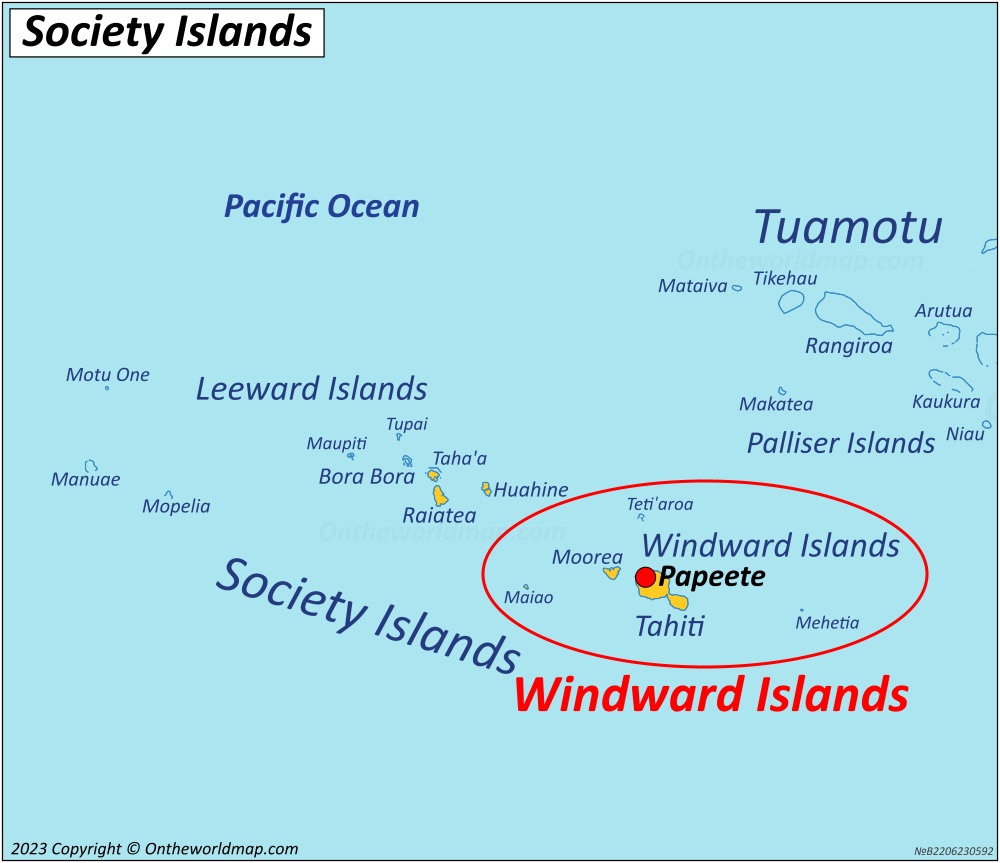Geographical Overview: Windward Islands
The Windward Islands are a chain of islands located in the eastern Caribbean Sea, stretching from Dominica in the north to Grenada in the south. The islands are part of the Lesser Antilles, a group of islands that form the eastern boundary of the Caribbean Sea. The Windward Islands are generally characterized by their mountainous terrain, lush vegetation, and tropical climate.
The topography of the Windward Islands is diverse, ranging from rugged mountains to low-lying coastal plains. The highest point in the Windward Islands is Mount Diablotin in Dominica, which rises to an elevation of 1,447 meters (4,747 feet). The islands are also home to several active volcanoes, including Mount Soufriere on St. Vincent and Kick ’em Jenny on Grenada.
The Windward Islands are geologically complex, with a mix of volcanic and sedimentary rocks. The islands were formed by the subduction of the Atlantic Ocean crust beneath the Caribbean Plate. This process has resulted in the formation of several volcanic islands, as well as the uplift of sedimentary rocks to form the mountainous terrain of the islands.
Historical Significance
:max_bytes(150000):strip_icc()/aerial-shot-of-cruz-bay-st-john-in-us-virgin-islands-165581255-58dea04e3df78c5162cf9584.jpg)
The Windward Islands have a rich and complex history, shaped by their location at the crossroads of the Caribbean Sea and the Atlantic Ocean. The islands were first settled by indigenous peoples, who were later displaced by European colonizers. The islands played a significant role in the Caribbean slave trade, and their populations today reflect the diverse cultural influences that have shaped their identity.
Early History
The first inhabitants of the Windward Islands were indigenous peoples who arrived from South America around 2500 BCE. These peoples were skilled navigators and farmers, and they established thriving communities on the islands. The islands were later visited by European explorers, including Christopher Columbus in 1493. Columbus claimed the islands for Spain, and the Spanish established settlements on several of the islands.
Colonial Era
The Windward Islands were a major center of the Caribbean slave trade. The islands were used as a base for slave ships, and thousands of African slaves were brought to the islands to work on sugar plantations. The slave trade had a devastating impact on the indigenous population of the islands, and it also led to the development of a complex racial and social hierarchy.
Post-Colonial Era
The Windward Islands gained their independence from Britain in the 20th century. The islands have since developed their own unique cultures and identities. However, the legacy of colonialism continues to shape the islands, and they continue to face challenges related to poverty, inequality, and environmental degradation.
Natural and Cultural Heritage

The Windward Islands boast a diverse array of natural and cultural treasures that contribute to their unique allure. From lush rainforests and pristine coral reefs to vibrant traditions and artistic expressions, these islands offer a rich tapestry of experiences for visitors.
Flora and Fauna
The Windward Islands are home to a wide variety of flora and fauna, reflecting the region’s diverse habitats. The lush rainforests of Dominica and St. Lucia are teeming with exotic plants and animals, including giant ferns, towering trees, and an abundance of birdlife. The islands’ coastlines are adorned with white-sand beaches and coral reefs, providing sanctuary for marine species such as sea turtles, dolphins, and colorful tropical fish.
Traditional Music, Dance, and Art Forms
The Windward Islands have a rich cultural heritage that is expressed through traditional music, dance, and art forms. The islands’ African and European influences have blended to create a unique and vibrant cultural landscape. Calypso, a rhythmic and lively music style, originated in Trinidad and Tobago and has become synonymous with the region. Other popular genres include reggae, soca, and zouk, each with its own distinctive sound and dance style. Traditional crafts such as wood carving, pottery, and basket weaving are also prevalent, showcasing the artistic skills of the local people.
Ecotourism, Windward islands
Ecotourism is a rapidly growing industry in the Windward Islands, as visitors seek to experience the region’s natural beauty and cultural heritage in a sustainable way. Dominica, in particular, has gained recognition for its commitment to ecotourism, with its lush rainforests and pristine waters offering opportunities for hiking, snorkeling, and birdwatching. Other islands in the region are also embracing ecotourism, promoting responsible travel practices that minimize environmental impact and support local communities.
Windward Islands are prone to devastating hurricanes. Staying informed during hurricane season is crucial. The National Hurricane Center provides up-to-date forecasts and warnings. By monitoring their advisories, Windward Islands residents can make informed decisions to stay safe and minimize hurricane impact.
The Windward Islands, an archipelago in the Caribbean, are known for their lush landscapes and vibrant cultures. However, they are also vulnerable to the wrath of hurricanes. In recent years, Jamaica has been particularly hard hit by these devastating storms, with hurricanes causing widespread damage and loss of life.
Despite these challenges, the Windward Islands remain a resilient and beautiful part of the world, offering visitors a unique blend of history, culture, and natural beauty.